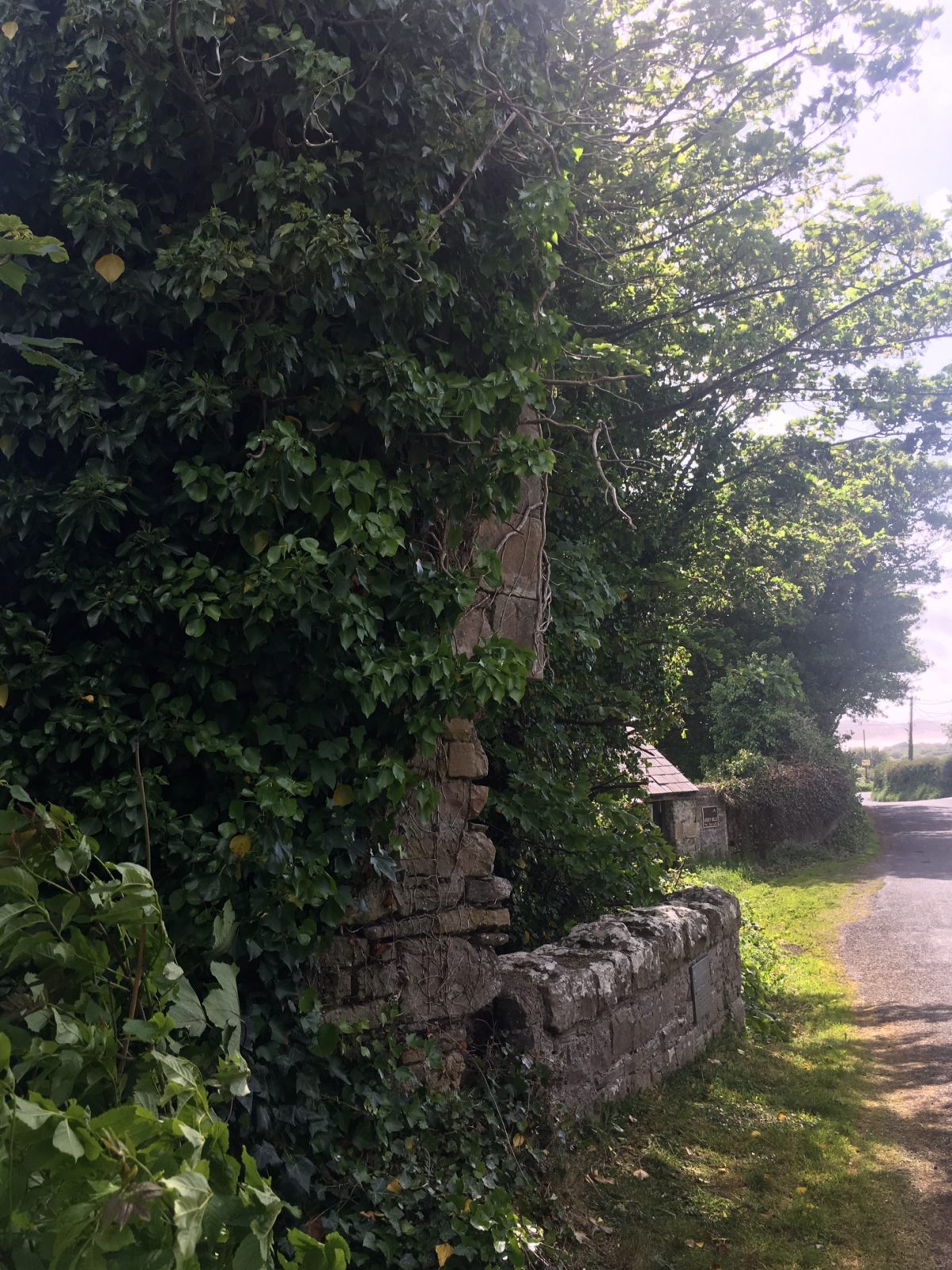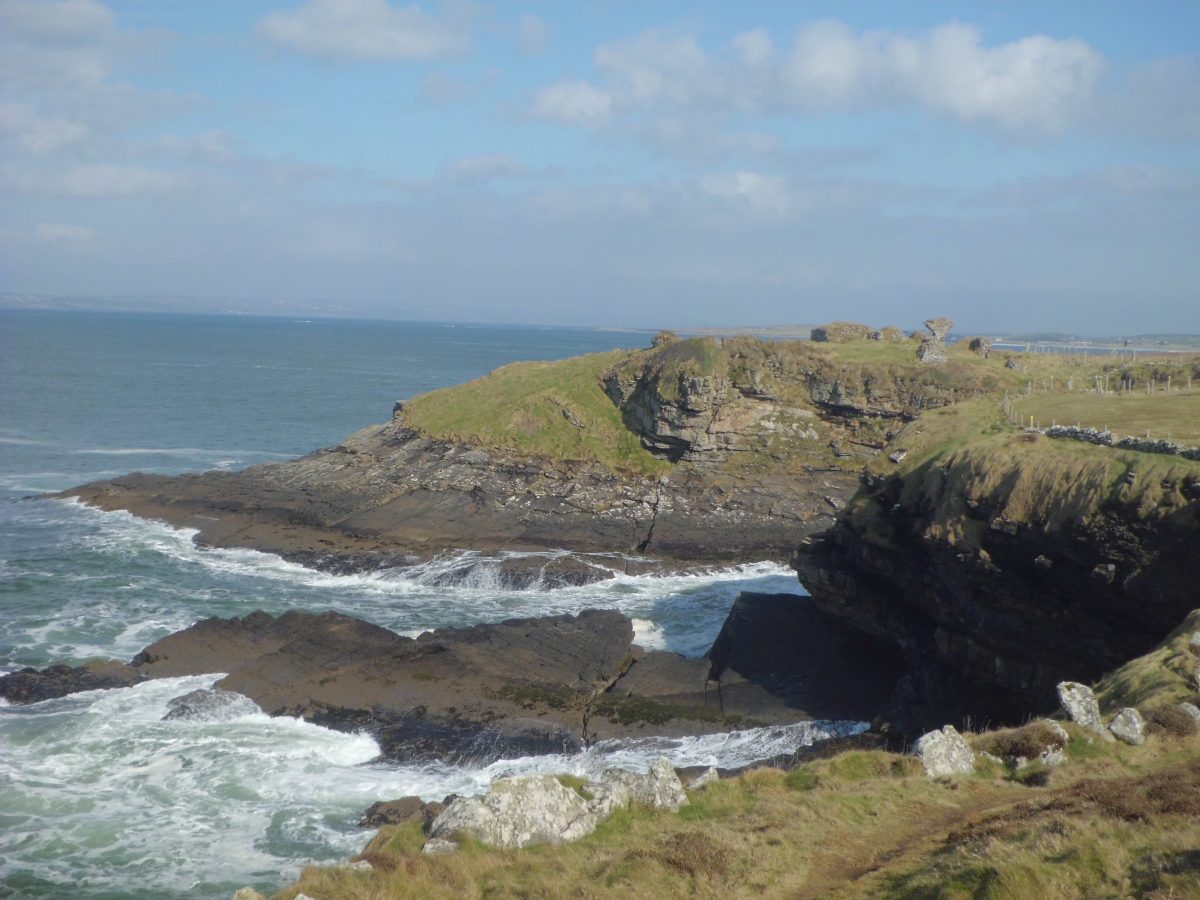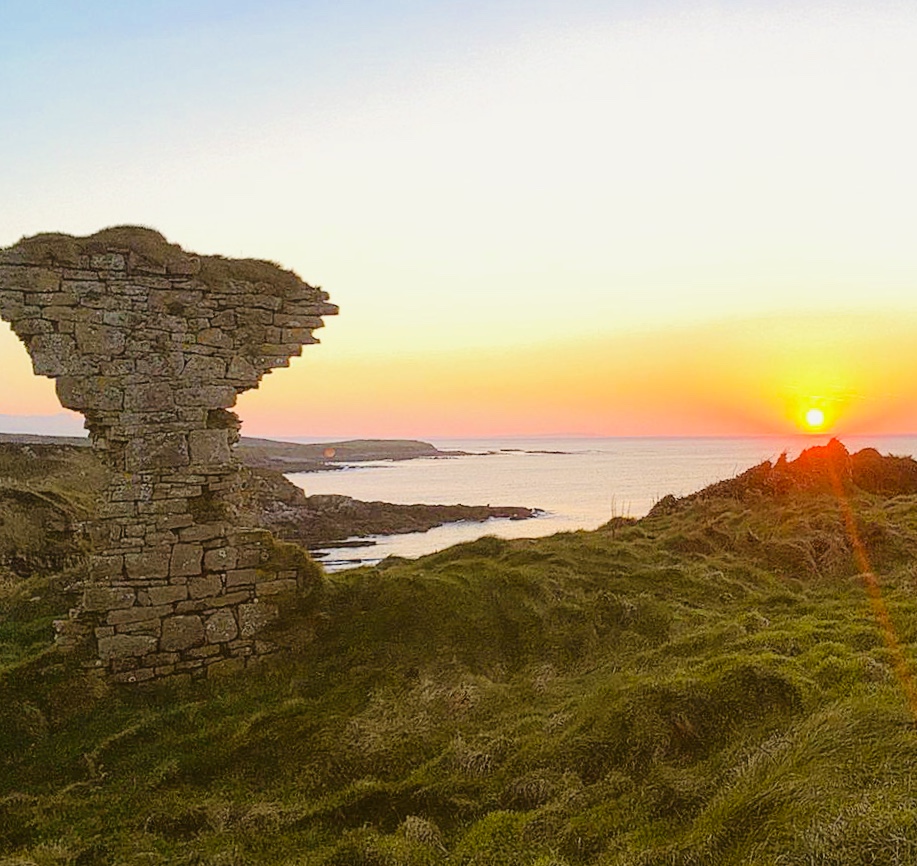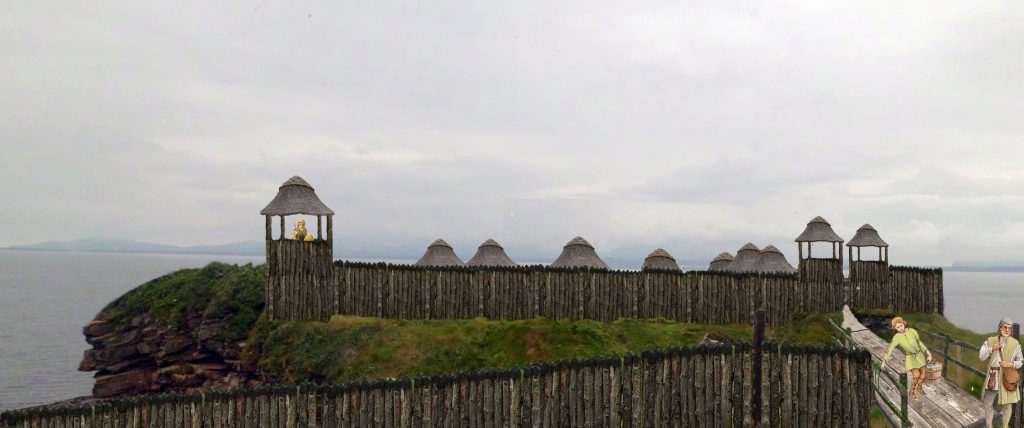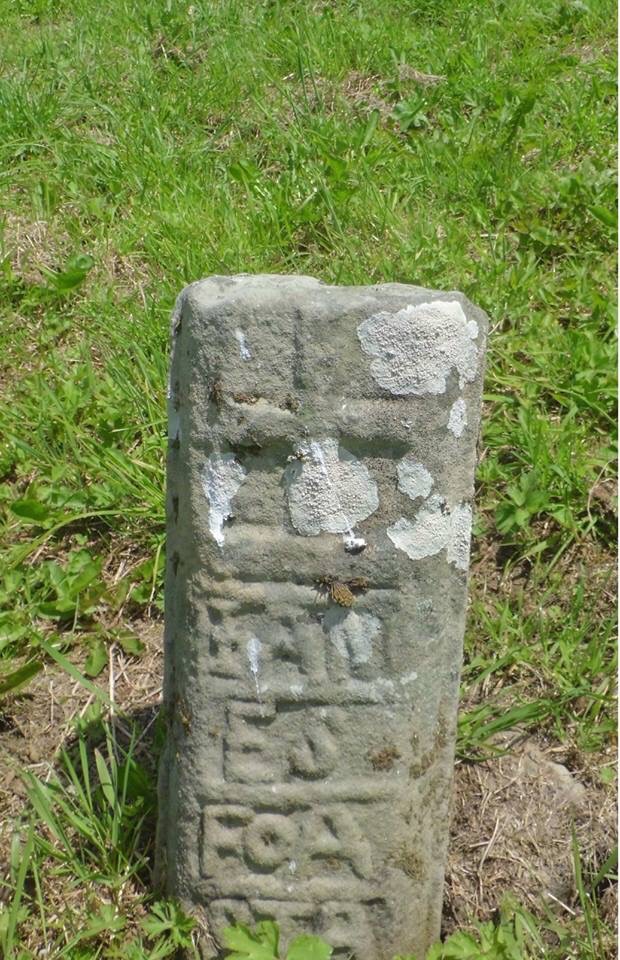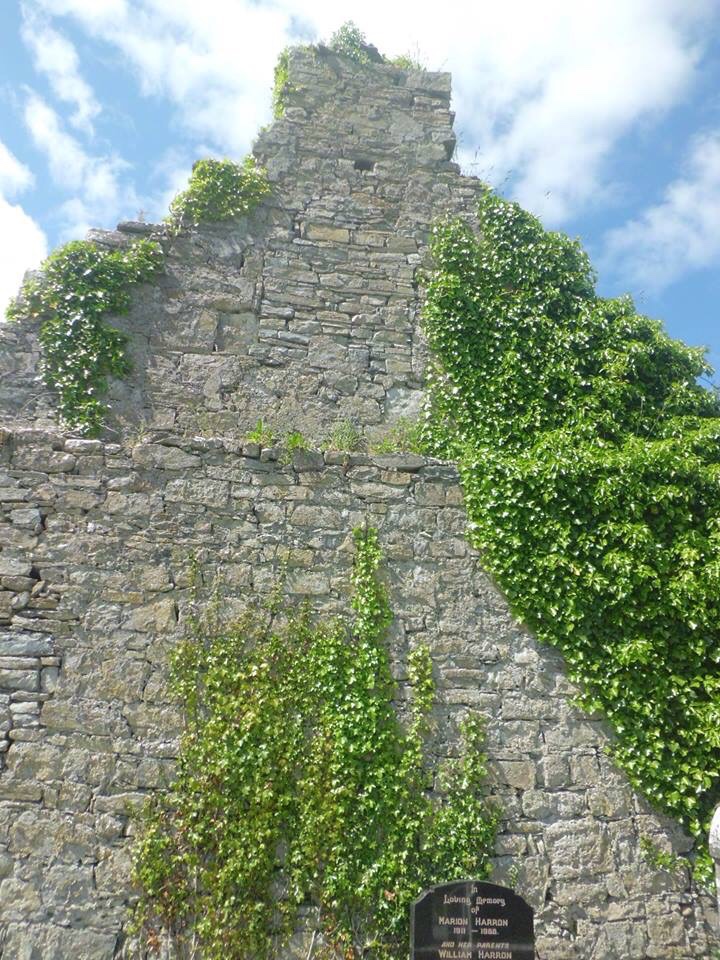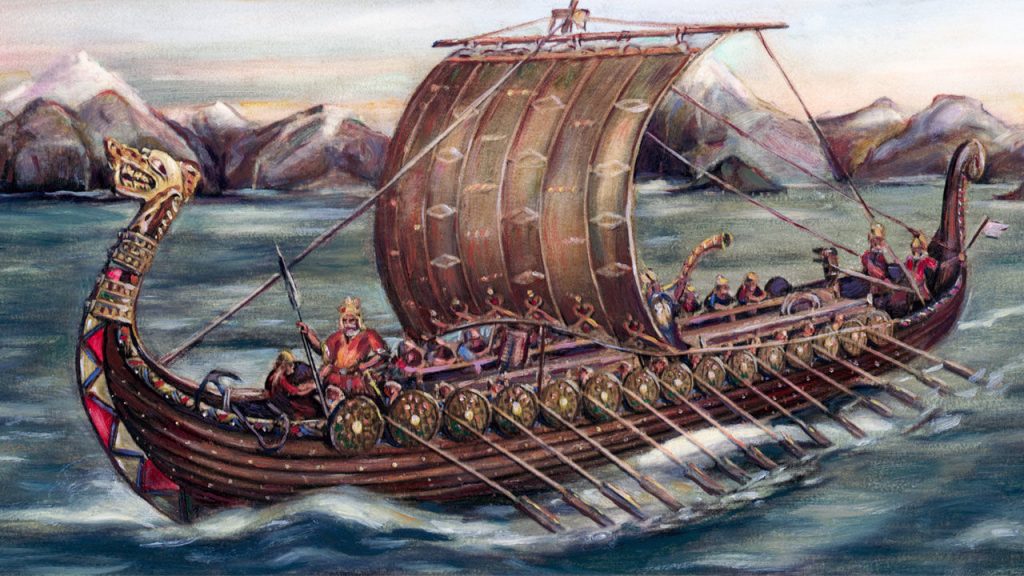In 1342 a young Brehon lawyer called Cormac Uí Cléirigh travelled north from Tír Amhlaigh in north Connacht to Abbey Assaroe situated on the estuary of the Erne in Tír Connaill.
Seventy eight years earlier in 1264 William FitzAdelm DeBurgo seized the Uí Cleirigh ancestral lands in Co. Galway stretched from north east of Kilmacduagh Monastery, near modern Gort, to Lough Rea.
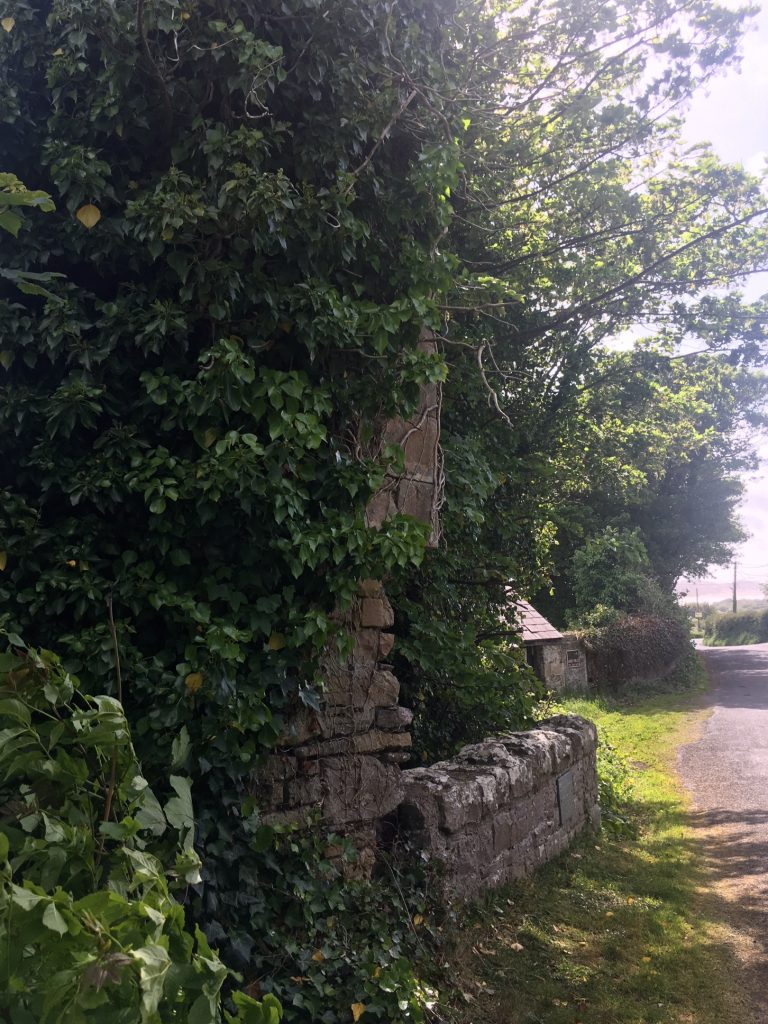
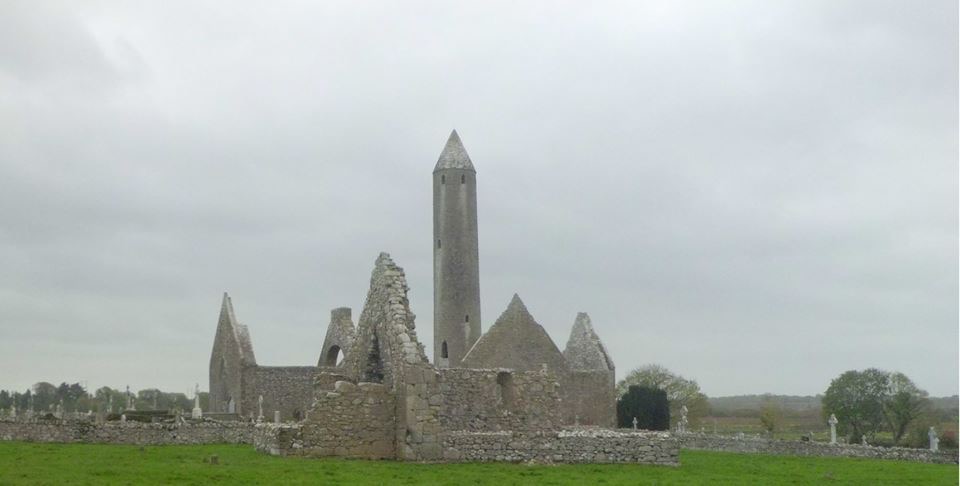
In the Uí Cléirigh Book of Genealogies, now in the Royal Irish Academy, it records that Domhnal Uí Cléirigh had four sons and two Sean Sgiamhach and Daniel went north to Tír Amhlaigh. Tomás went to Breifne Uí Raghallaigh (Co Cavan) and the youngest Cormac to Cill Ceannaigh (Kilkenny).
“Seaan sgiamhach o ttát Sean muinter Clerigh tire conaill: Daniel o ttát muinter Cleirigh thire h-amhalgadha ; Tomas o ttát clann Cleirigh a breifne i raghallaigh; Corbmac o ttát muinter Cleirigh cille caindigh.”
Uí Cléirigh Book of Genealogies
Cormac Uí Cléirigh, grandson of Sean Sgiamhach, spent some time with the Cistercian monks at Assaroe where he met Matha (Matthew) Uí Scingín, Ollamh to Niall Garbh Uí Domhnaill I, who ruled Tír Connaill from 1342 to 1348.
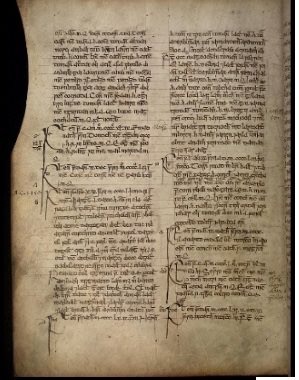
The story records that Giolla Brídhe, Matthew Uí Scingín’s son had died some time beforehand. He was destined to succeed his father as Ollamh and in order to continue this hereditary office, Matthew agreed to the marriage of his daughter to Cormac on condition that their sons would train to become Ollamhs so that they would continue the legacy and succeed their grandfather in that role. Giolla Brídhe Uí Cléirigh in time, succeeded his grandfather as Ollamh to the Uí Domhnaills.
We know that Matthew Uí Scingín was in possession of the lands in the vicinity of Kilbarron Castle at this time. This Matthew Uí Scingín was possibly the grandson of the Matha Uí Scingín whose death is recorded in the Annals of Connacht in 1289.

